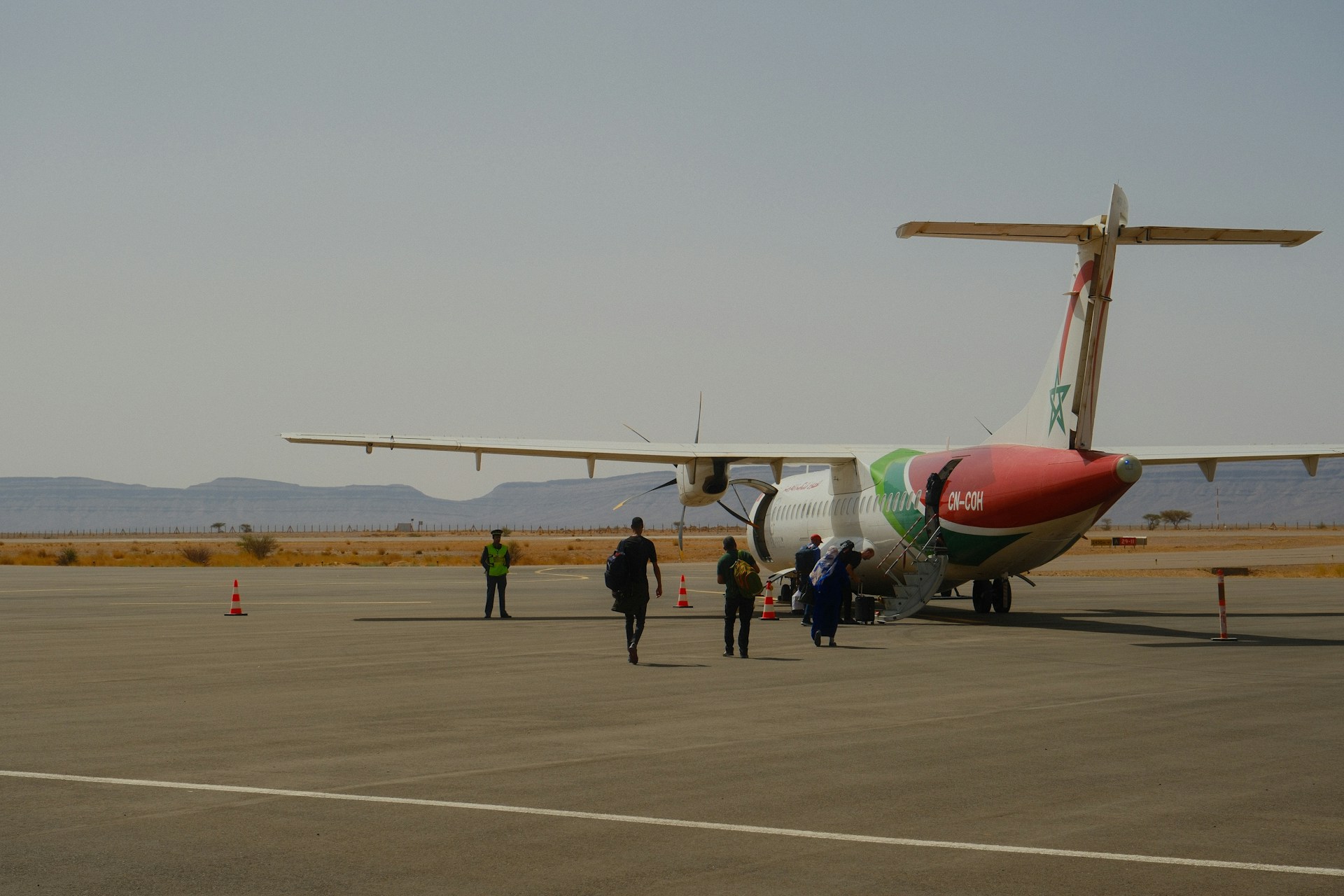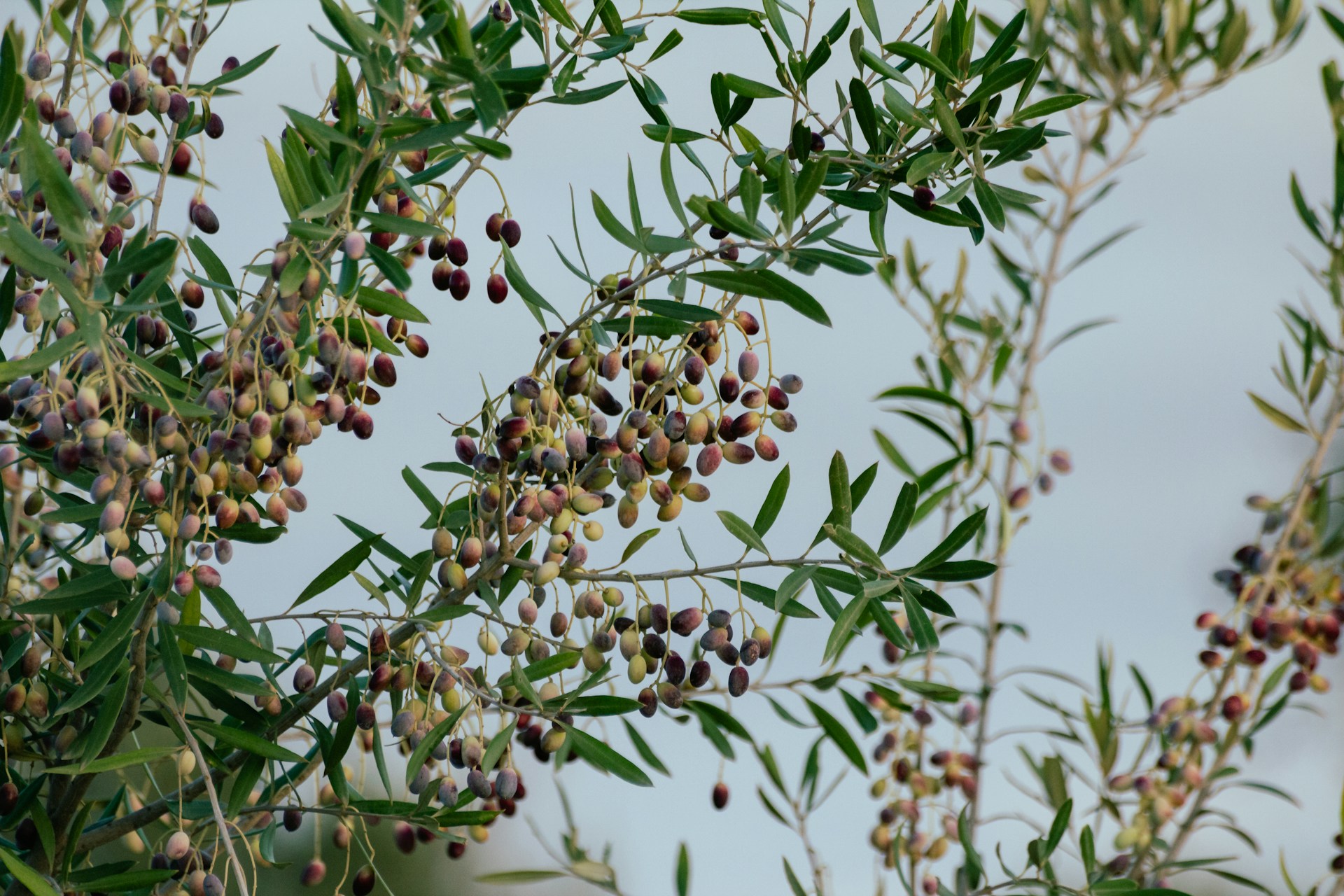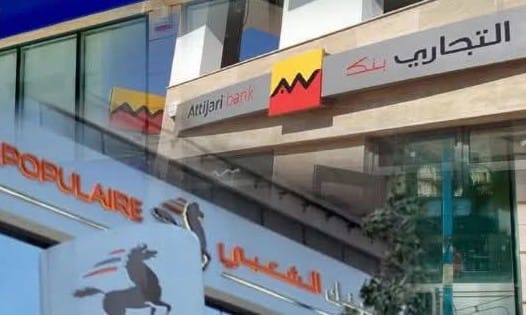Casablanca – Moroccan banks continued to face significant liquidity pressures in July 2025, though with a modest decline compared with the previous month. According to Bank Al-Maghrib’s latest monthly review of economic, monetary, and financial conditions, weekly average liquidity needs amounted to $11.65 billion, down slightly from $11.75 billion in June.
To cover these requirements, the central bank provided substantial support through its monetary operations. The overall volume of interventions reached $13.28 billion, allocated across several instruments. These included $5.23 billion in seven-day advances, $4.54 billion through repo transactions of one and three months, and $3.52 billion in long-term secured loans.
Interbank market conditions
On the interbank market, the average daily volume of transactions was recorded at $443 million, while the weighted average interest rate remained stable at 2.25%. The figures highlight continued reliance on central bank liquidity injections to maintain stability across short-term funding channels.
Treasury bond market
In the treasury bond segment, yields increased in the primary market during July, reflecting tighter conditions, while remaining broadly unchanged on the secondary market. This trend underscores a cautious shift in investor sentiment as borrowing costs rise at the primary issuance stage but remain contained in secondary trading.
Deposit rates and savings remuneration
Deposit rates showed mixed trends. Six-month deposits declined by 9 basis points to 2.27%, while one-year deposits increased by 26 basis points to 2.96%. Bank Al-Maghrib also announced that the minimum interest rate for regulated savings accounts was set at 1.91% for the second half of 2025, down 30 basis points from the previous semester. This adjustment reflects broader monetary easing measures aimed at supporting credit flows while balancing deposit remuneration.
Lending rates: A downward trend
Lending costs across the banking sector recorded a noticeable decline in the second quarter of 2025. The overall average lending rate fell by 14 basis points to 4.84%, marking a continued downward trajectory.
For households, borrowing conditions eased further. Average lending rates dropped by 19 basis points to 5.77%. Within this category, consumer loan rates decreased by 25 basis points to 6.88%, while housing loan rates fell by 6 basis points to 4.68%.
Non-financial enterprises also benefited from lower credit costs. Average lending rates for companies decreased by 12 basis points to 4.72%. Equipment loans fell by 32 basis points to 4.82%, treasury facility loans dropped by 9 basis points to 4.64%, while real estate development loans remained broadly unchanged at 5.47%.
By company size, large enterprises secured financing at an average rate of 4.67%, representing a 29-basis-point reduction. Meanwhile, very small, small, and medium-sized enterprises (SMEs) saw their average lending rate decline by 18 basis points to 5.43%.
Foreign exchange market trends
Beyond liquidity and credit markets, July also saw notable developments in foreign exchange activity. Bank Al-Maghrib reported that interbank currency transactions against the dirham amounted to $2.38 billion, a sharp year-on-year decline of 48.2%.
Transactions between banks and their customers showed contrasting movements. Spot purchases totaled $4.27 billion, up from $3.88 billion a year earlier, while forward purchases reached $2.40 billion, compared with $1.85 billion a year earlier. On the sales side, banks recorded spot sales of $4.25 billion, up from $3.80 billion, and forward sales of $227 million, compared with $196 million in the same period of 2024.
In terms of exchange rate dynamics, the dirham appreciated by 1.3% against the U.S. dollar in July but depreciated slightly, by 0.2%, against the euro. Over the same period, the euro gained 1.5% relative to the U.S. dollar. Notably, Bank Al-Maghrib has not conducted any foreign exchange auction sessions since December 2021, leaving currency markets to adjust through interbank and client transactions.
Overall outlook
The latest figures confirm that while Moroccan banks’ liquidity needs remain elevated, central bank interventions continue to provide the necessary support to maintain market stability. Lower lending rates suggest improved financing conditions for households and businesses alike, though the slowdown in foreign exchange market activity highlights subdued external demand and trade flows.
As Bank Al-Maghrib balances its interventions with evolving market conditions, the outlook points to sustained but manageable pressures on liquidity, gradual easing in credit costs, and careful monitoring of foreign exchange dynamics in the months ahead.
















